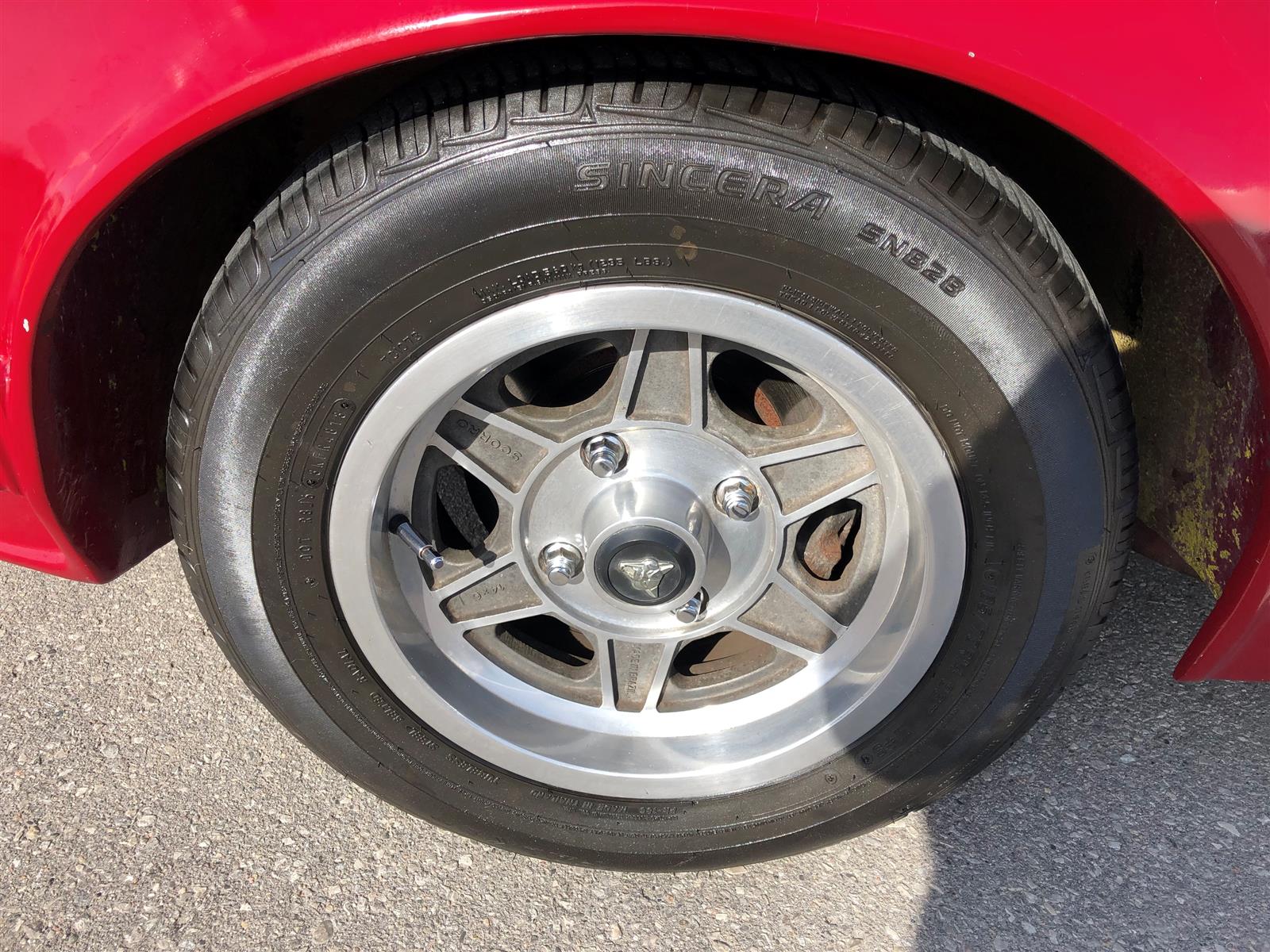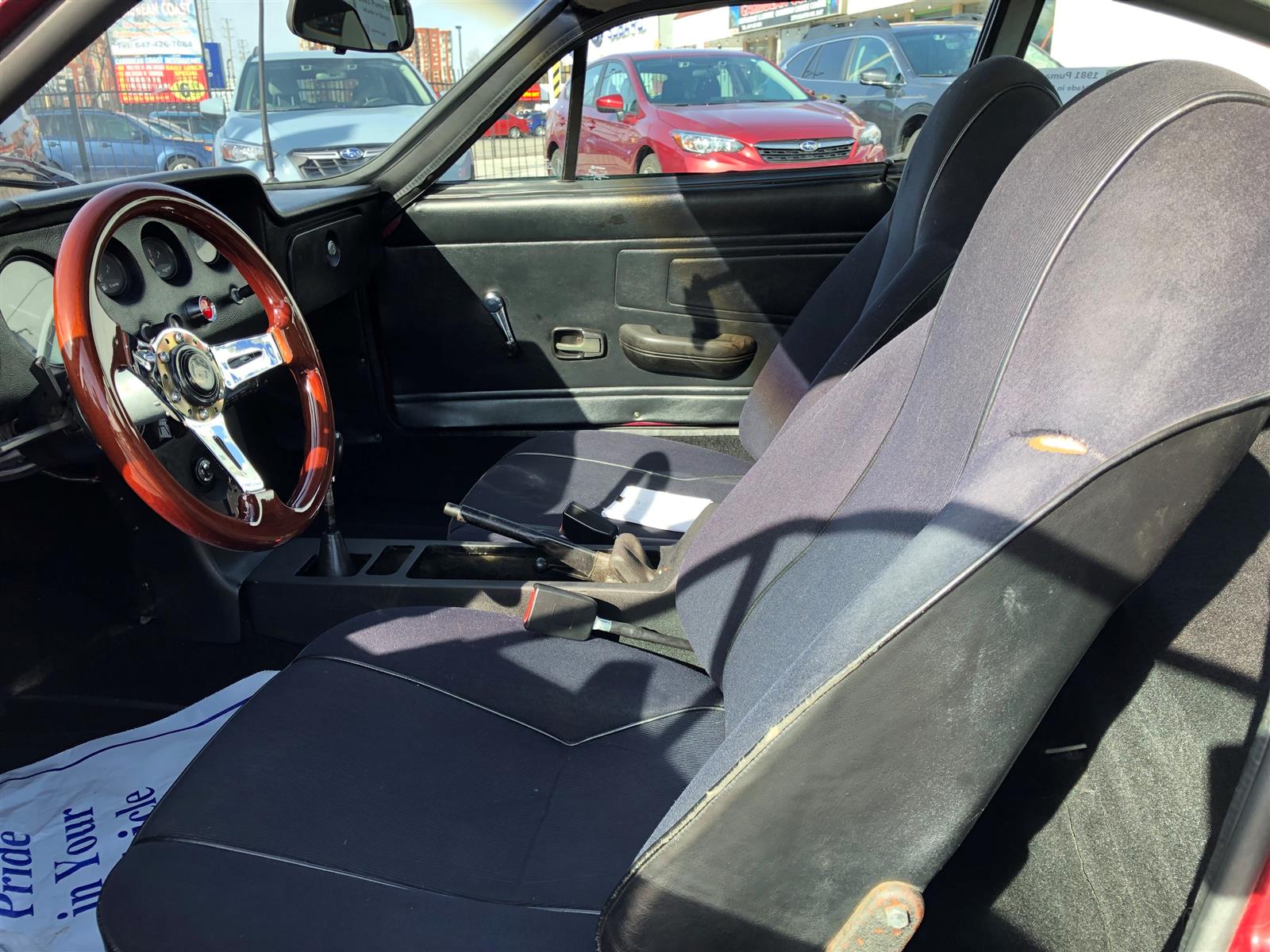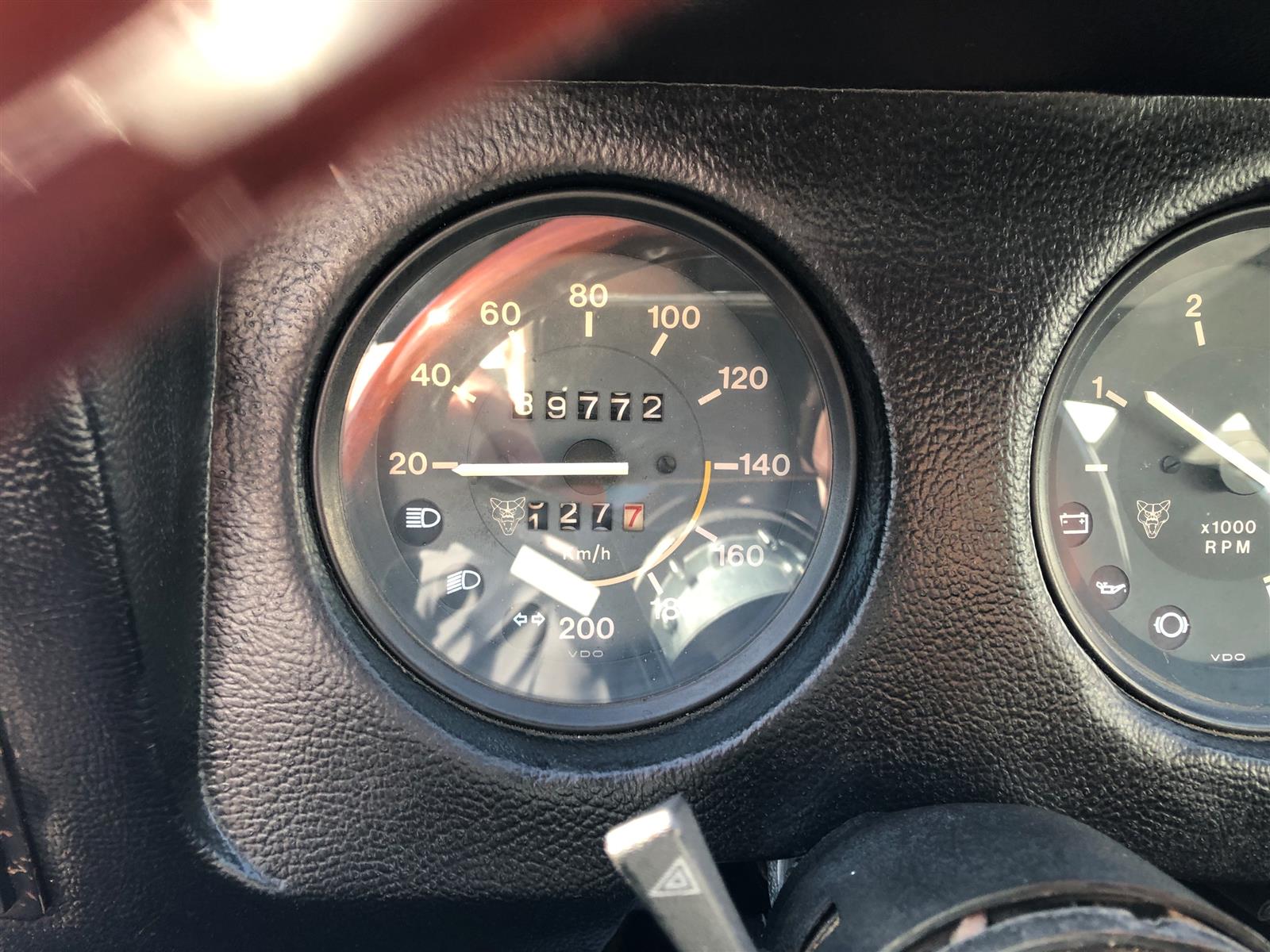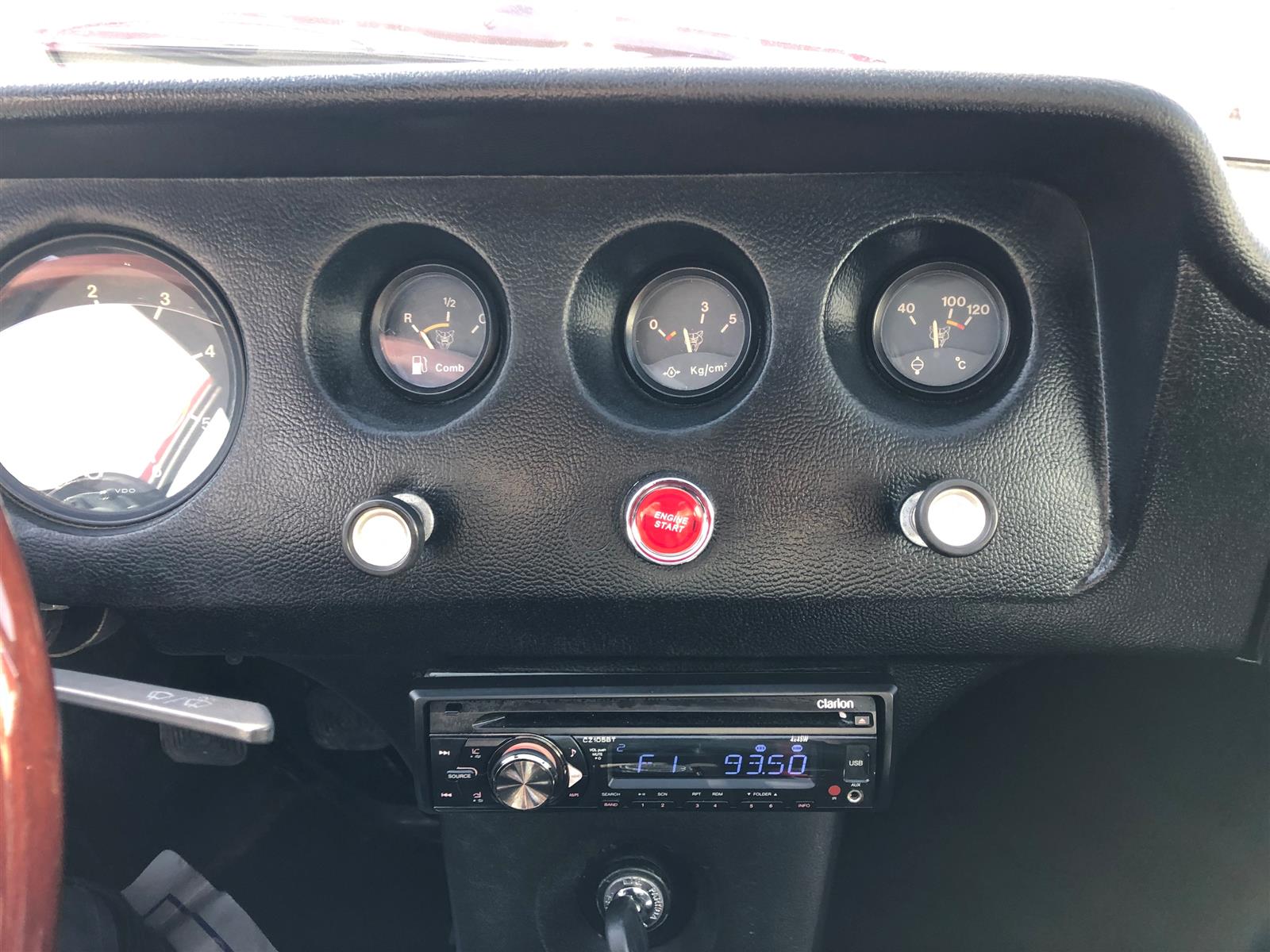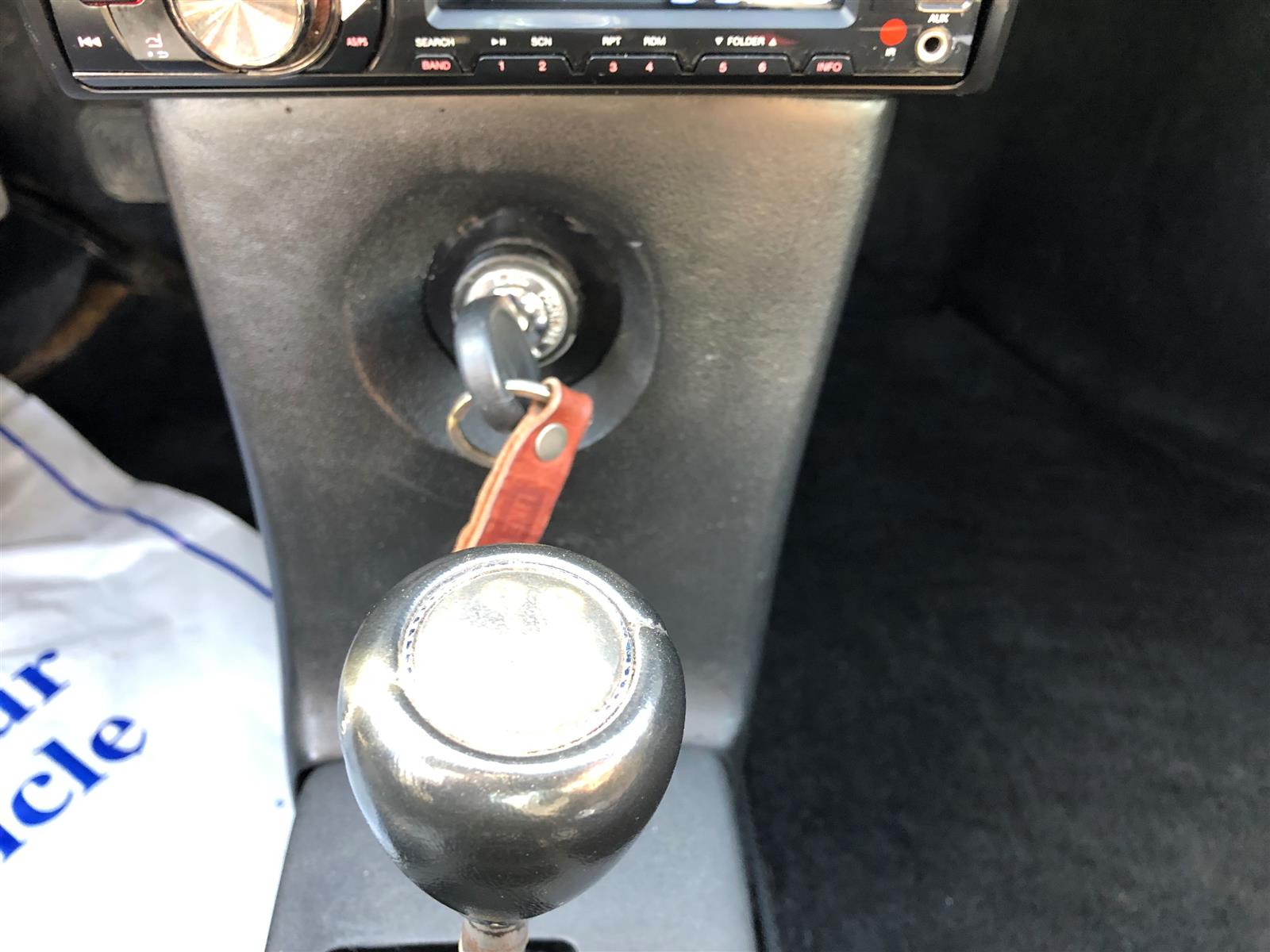Description:
- SOLD CERTIFIED - manufactured by Puma in Brasil - 2-door coupe body type - RWD (rear- wheel drive), manual 4-speed gearbox gasoline (petrol) engine with displacement: 1584 cm3 / 97 cui, advertised power: 39.5 kW / 53 hp / 54 PS ( DIN ), torque: 106 Nm / 78 lb-ft, more data: 1981 Puma GTI 1600 (man. 4) Horsepower/Torque Curve - characteristic dimensions: outside length: 4000 mm / 157.5 in, width: 1665 mm / 65.6 in, wheelbase: 2150 mm / 84.6 in reference weights: base curb weight: 750 kg / 1653 lbs, gross weight GVWR: 1000 kg / 2205 lbs The Puma brand began almost accidentally, when the Brazilian government sought to spur native industry by banning imports of automobiles to the country. Several foreign automakers responded by setting up shop in the South American country, including the German firms Volkswagen and DKW one of the forerunners of Audi. Rino Malzoni, lawyer and self-taught automotive designer, created the first of his GTs using the DKW 3-cylinder, two-stroke platform. The cars success on the racing circuit set in motion a series of events that ultimately resulted in the founding of Puma. When Volkswagen gobbled up first Autounion, and with it DKW, in 1965, and then the Vemag factory (which had been producing the DKW chassis and drivetrains that Puma was using) in 1967, Puma was forced to switch platforms. They ultimately settled on the VW Karmann Ghia, and the Puma GT was born.













